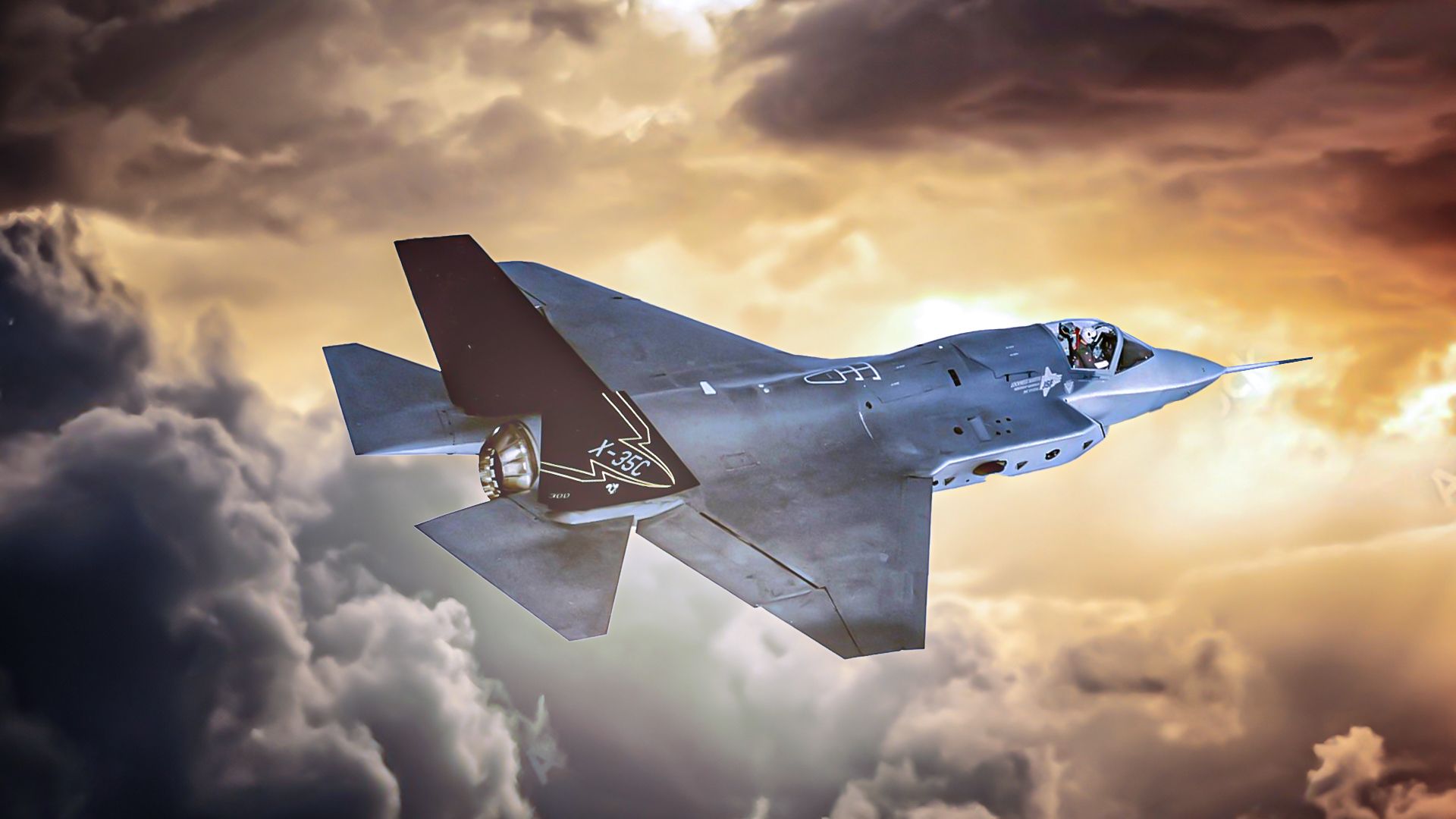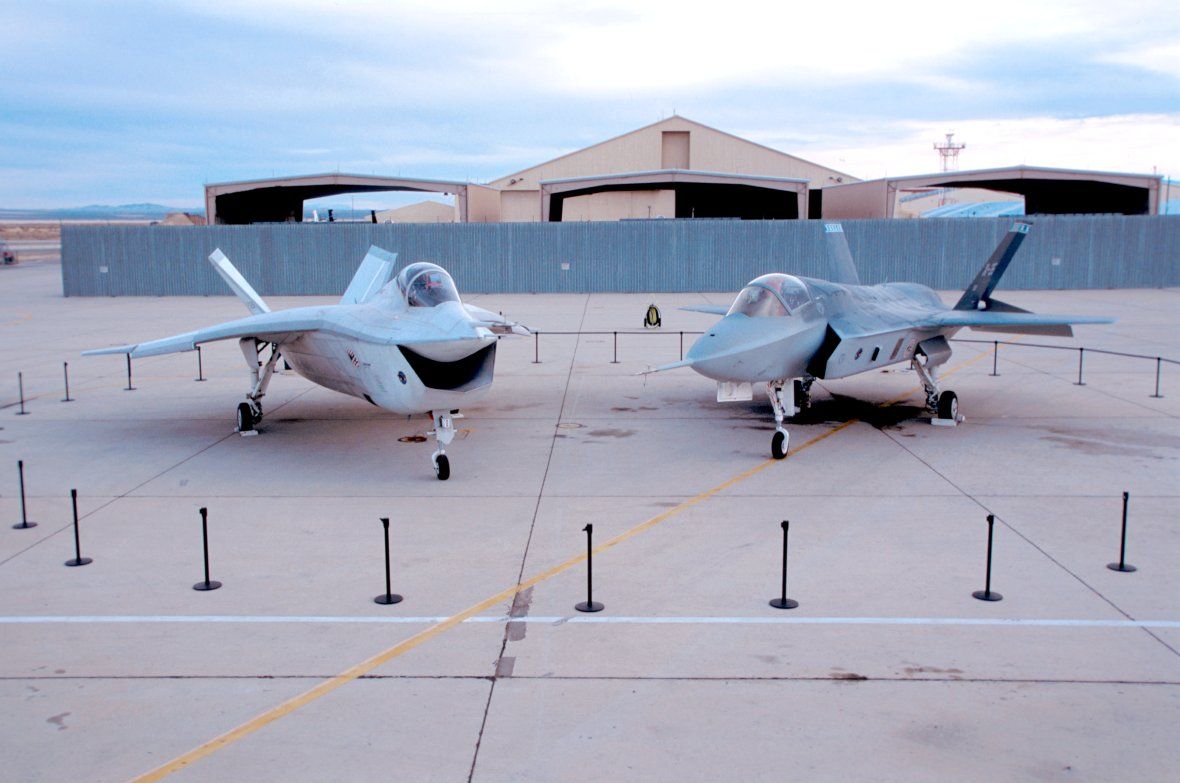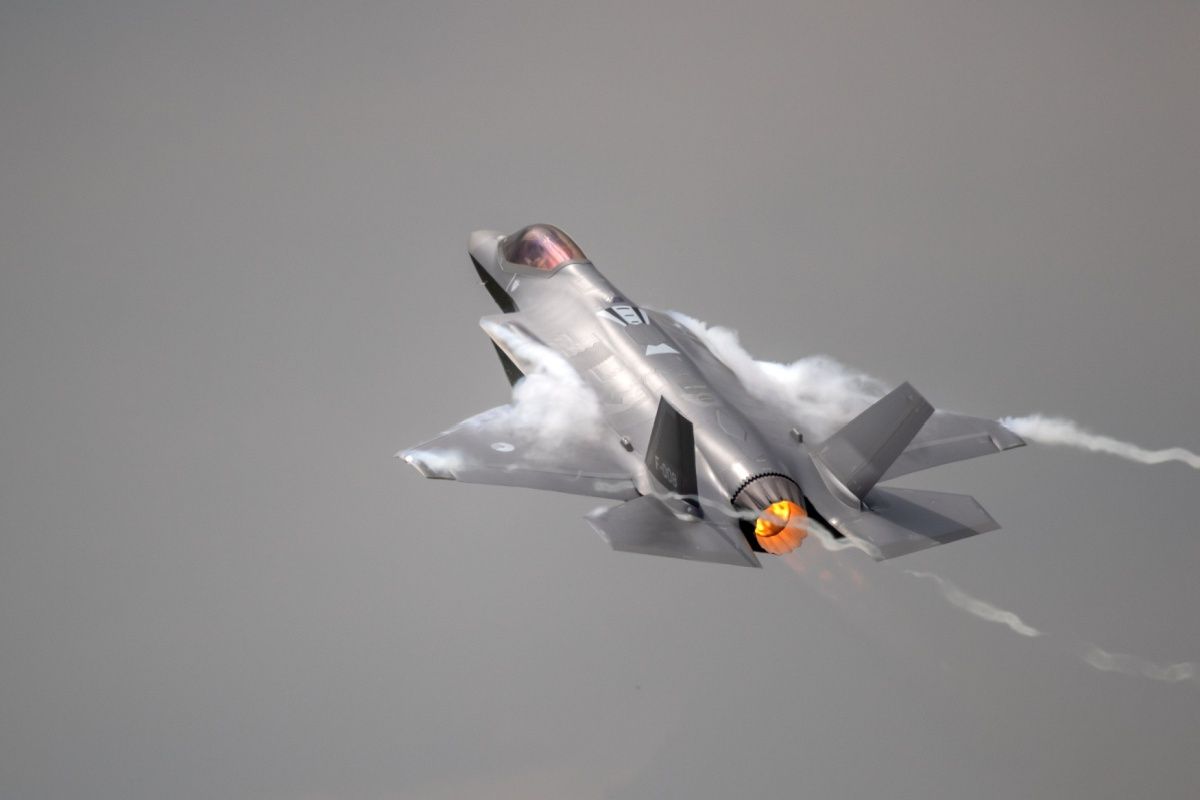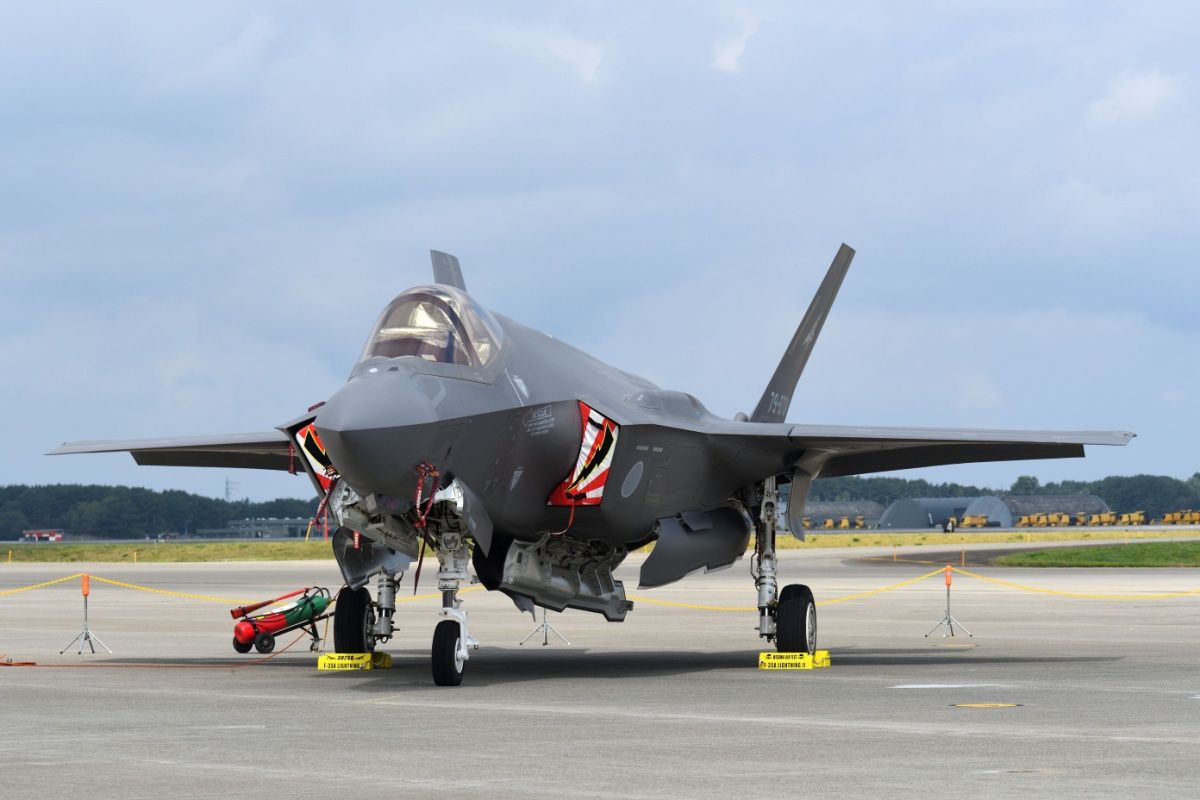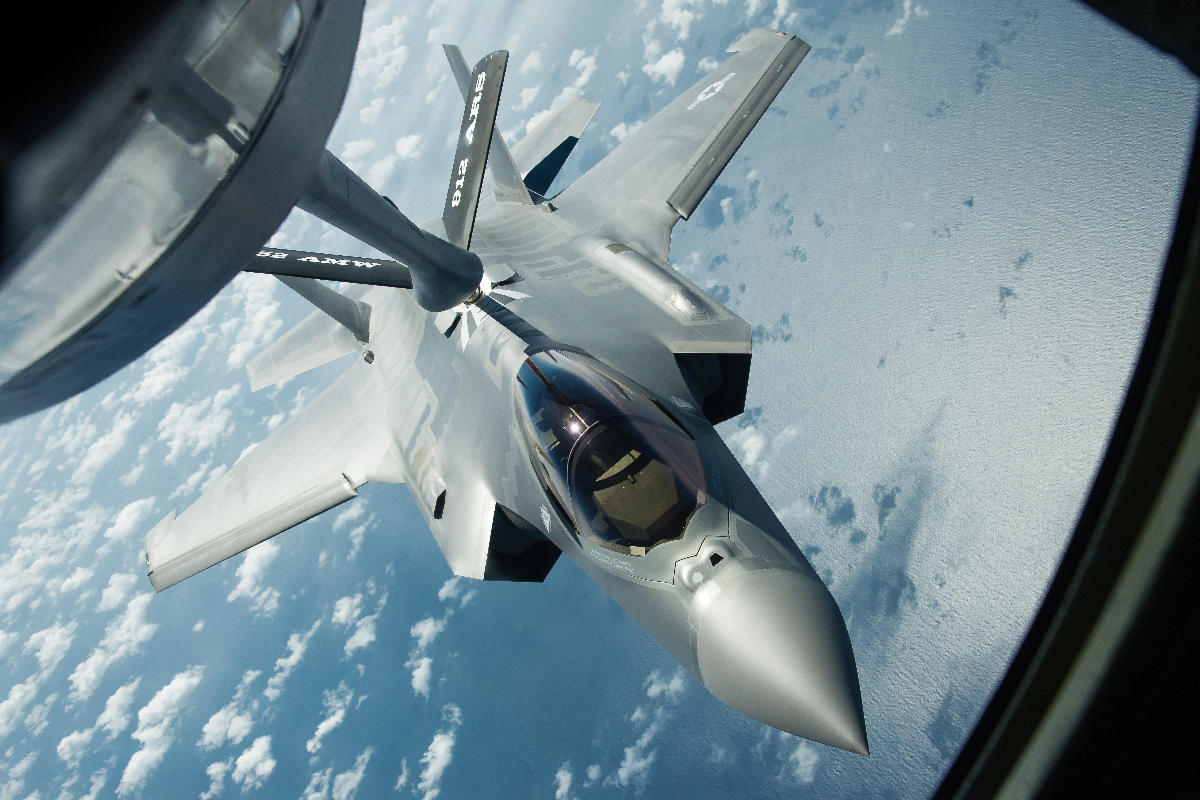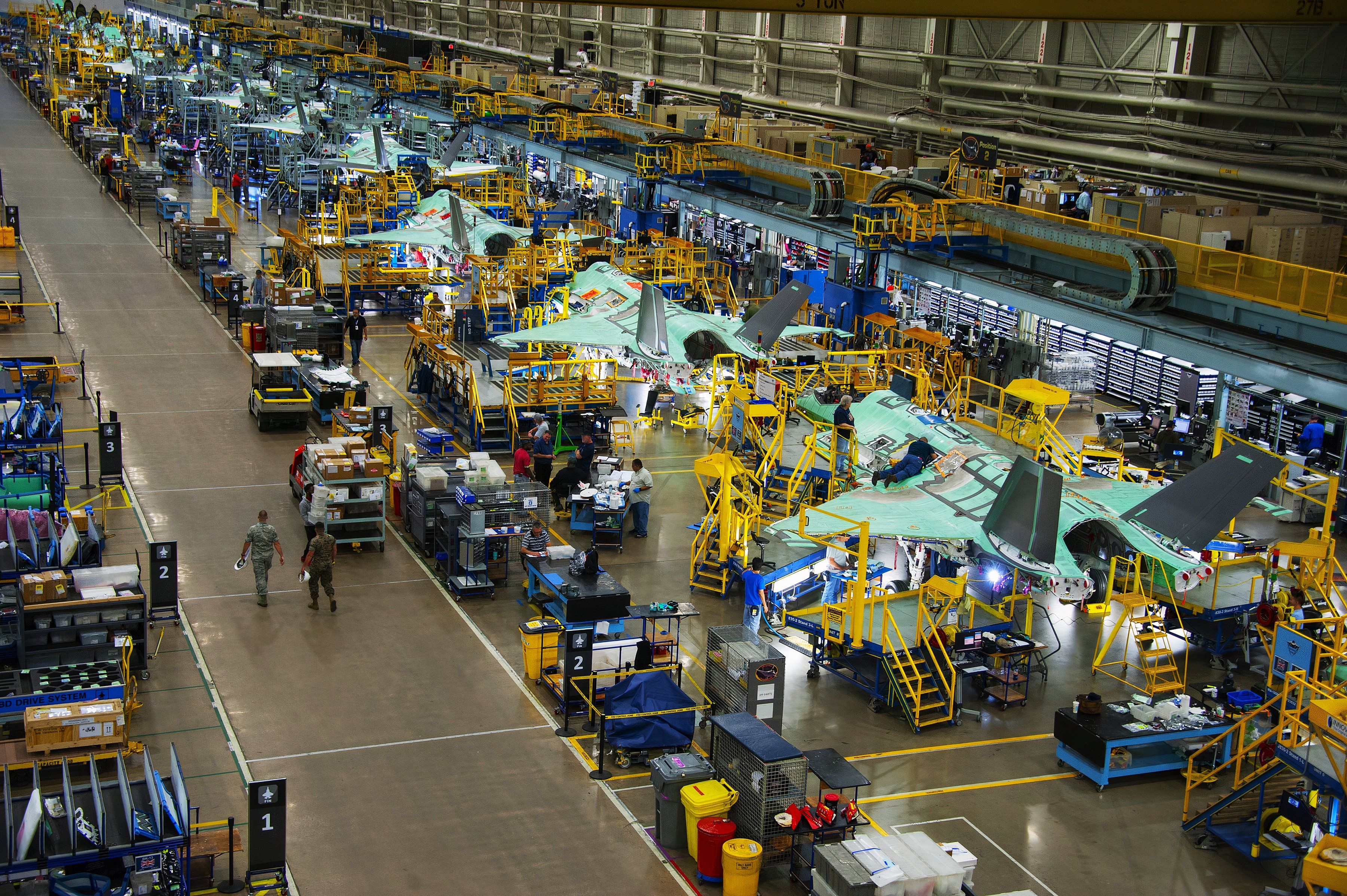Summary
- The JSF program involved a tough competition among four major US manufacturers for the development of a new aircraft.
- Lockheed Martin and Boeing were awarded contracts to develop two prototypes each for the JSF program.
- Lockheed Martin’s F-35 Lightning II emerged as the outcome of the JSF program due to superior performance.
The Joint Strike Fighter (JSF) program is intended to replace a wide range of existing combat aircraft for the United States and several international partners. After a tough competition among several major US manufacturers, a specific company and aircraft were selected for the program. Simple Flying highlights some major facts about the JSF program.
1
Tough competition among manufacturers
Four major companies submitted their proposals
- McDonnell Douglas: An aircraft powered by a reheated turbofan with a remote gas-driven fan for lift augmentation
- Northrop: An aircraft featuring an auxiliary lift engine augmenting the dry thrust from a reheated turbofan
- Lockheed: An aircraft concept with a reheated turbofan with thrust augmentation
- Boeing: An aircraft powered by a reheated turbofan with the ability to be reconfigured into a direct lift engine
Initial studies supporting the JSF program began in 1993 and the Department of Defense (DoD) requested major manufacturers to submit their proposals for the new JSF. Four major manufacturers, including McDonnell Douglas, Northrop, Lockheed, and Boeing, proposed different aircraft designs, primarily based on Short/Vertical Takeoff and Landing (S/VTOL) capabilities.
Photo: U.S. Air Force
General Electric, a major engine manufacturer, performed a ground demonstration of the reheated turbofan engine configuration proposed by McDonnell Douglas. Lockheed’s proposed engine configuration with a shaft-driven lift fan led to the design and production of F-135-PW-600 engines, powering the Lockheed Martin F-35Bs.
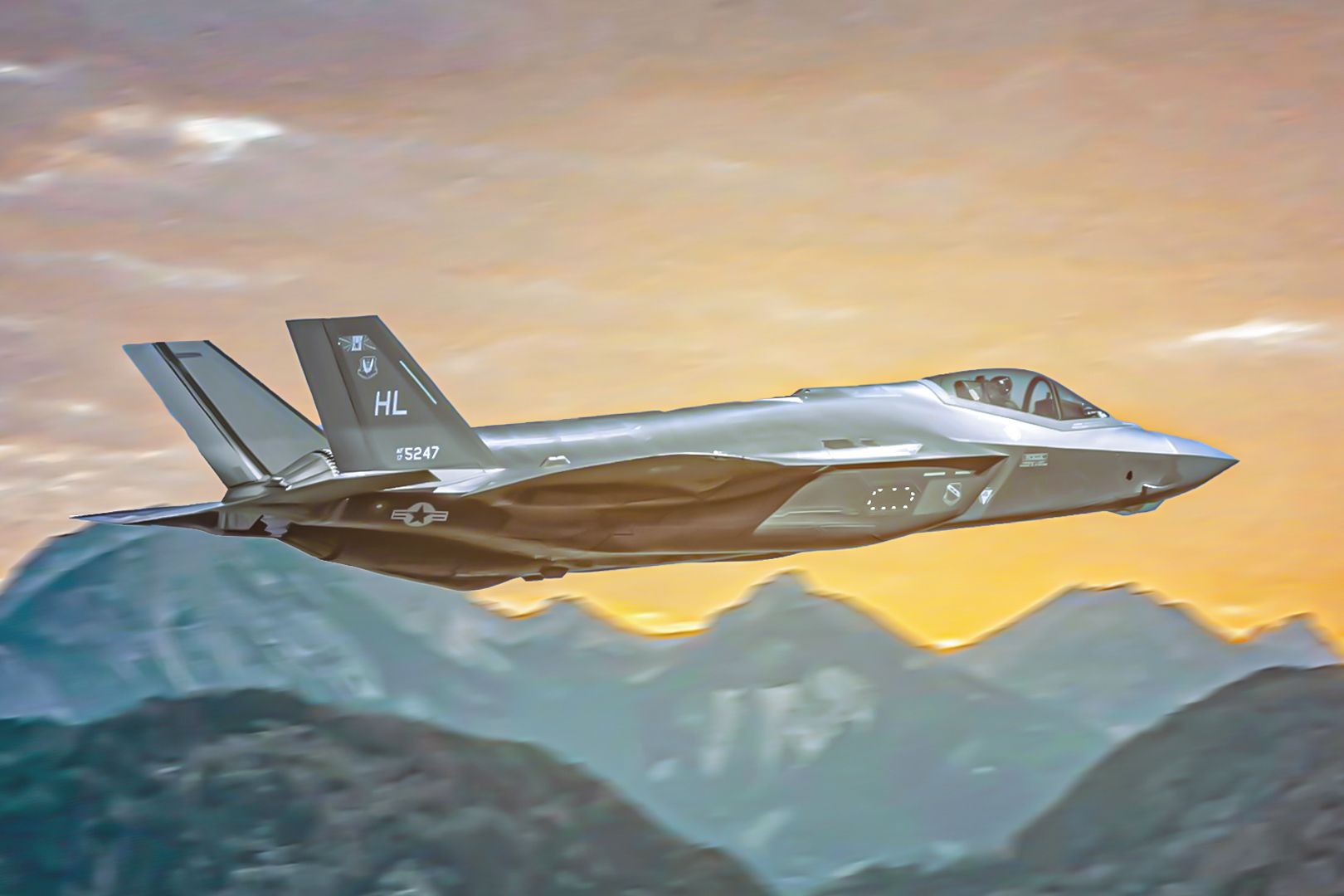
Related
Explained: 3 Conflicting Approaches To USAF F-35 Buy Under Government Review
Washington seems to have conflicting ideas on whether to approve, slash, or increase the number of F-35s the DoD has requested.
2
Contract awards
Two contracts were awarded
- Lockheed Martin and Boeing were awarded prototype contracts
- Each company was asked to develop two prototype versions
- Each company was given $750 million for prototype development
Lockheed Martin and Boeing were awarded contracts to develop two prototypes each. One with a conventional takeoff and landing (CTOL) and another with S/VTOL capability. The McDonnell Douglas concept aircraft was rejected due to the complexity of its design and potential implications for the desired performance of the JSF.
Photo: VanderWolf Images l Shutterstock
Each company was awarded $750 million to develop their concept prototypes and their Preferred Weapon System Concept (PWSC). The finding was awarded to prevent the companies from bankrupting themselves to win the contract.
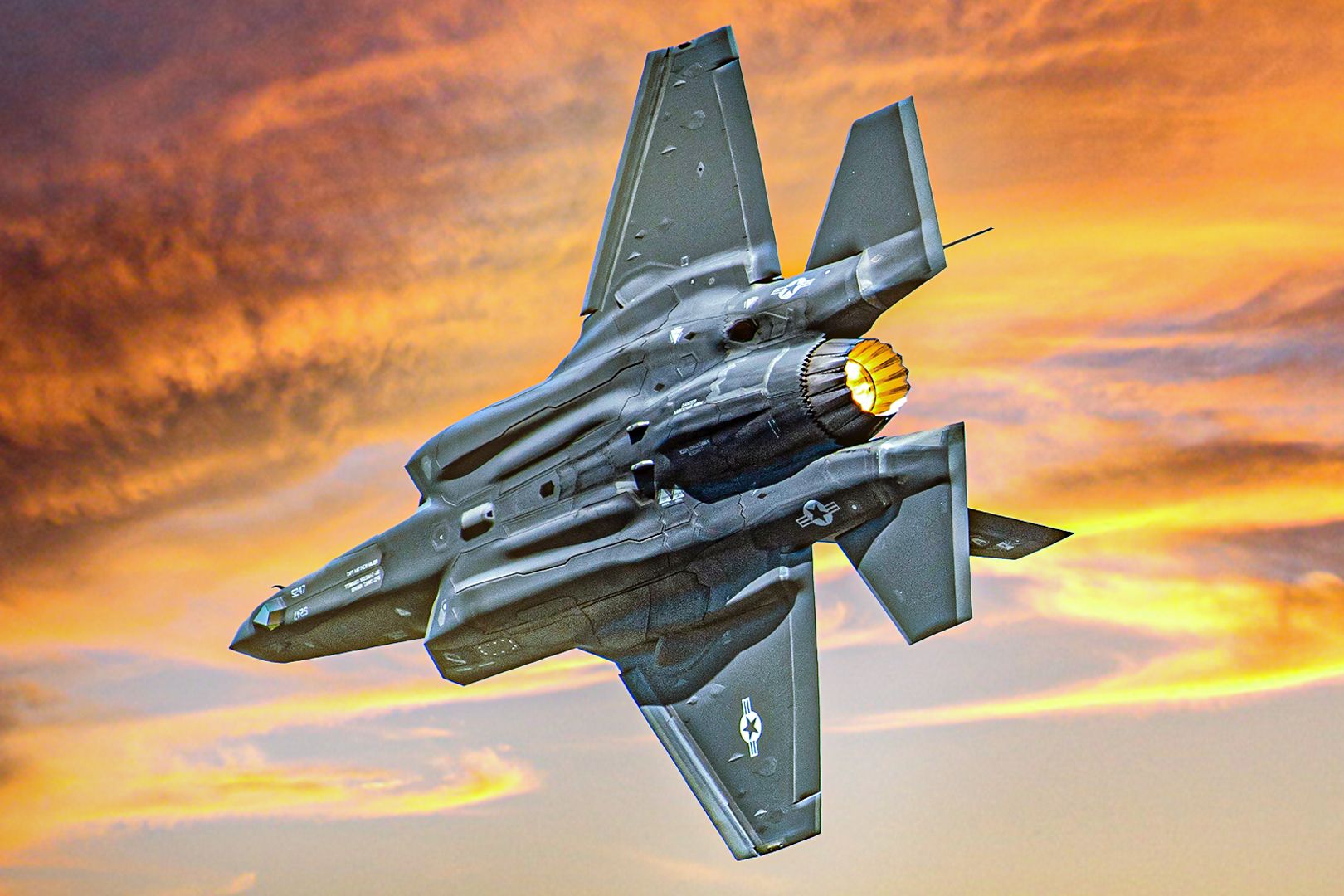
Related
What Are The F-35 Lightning II’s Greatest Strengths And Weaknesses?
One of the aircraft’s biggest strengths also becomes its weakness.
3
The system development and demonstration (SDD) award
Lockheed Martin won the SDD award
- Lockheed Martin: X-35A and X-35C
- Boeing: X-32
During the demonstration phase, the Lockheed Martin X-35A and X-35C outperformed the Boeing X-32 by a large margin. The competition came down to the S/VTOL capability and the ability of the aircraft to optimize performance during takeoff and landing phases of flight.
Photo: viper-zero l Shutterstock
The Lockheed Martin’s high performance lifting fan achieved a takeoff roll of less than 500 ft (150 m), flew supersonic cruise, and landed vertically, excelling in performance. The Boeing’s X-32 engine suffered from hot air circulation issues closer to the ground. As a result, the engine’s thrust performance was lowered, causing the engine to overheat. Lockheed Martin’s F-35 Lightning II eventually became the outcome of the JSF program.
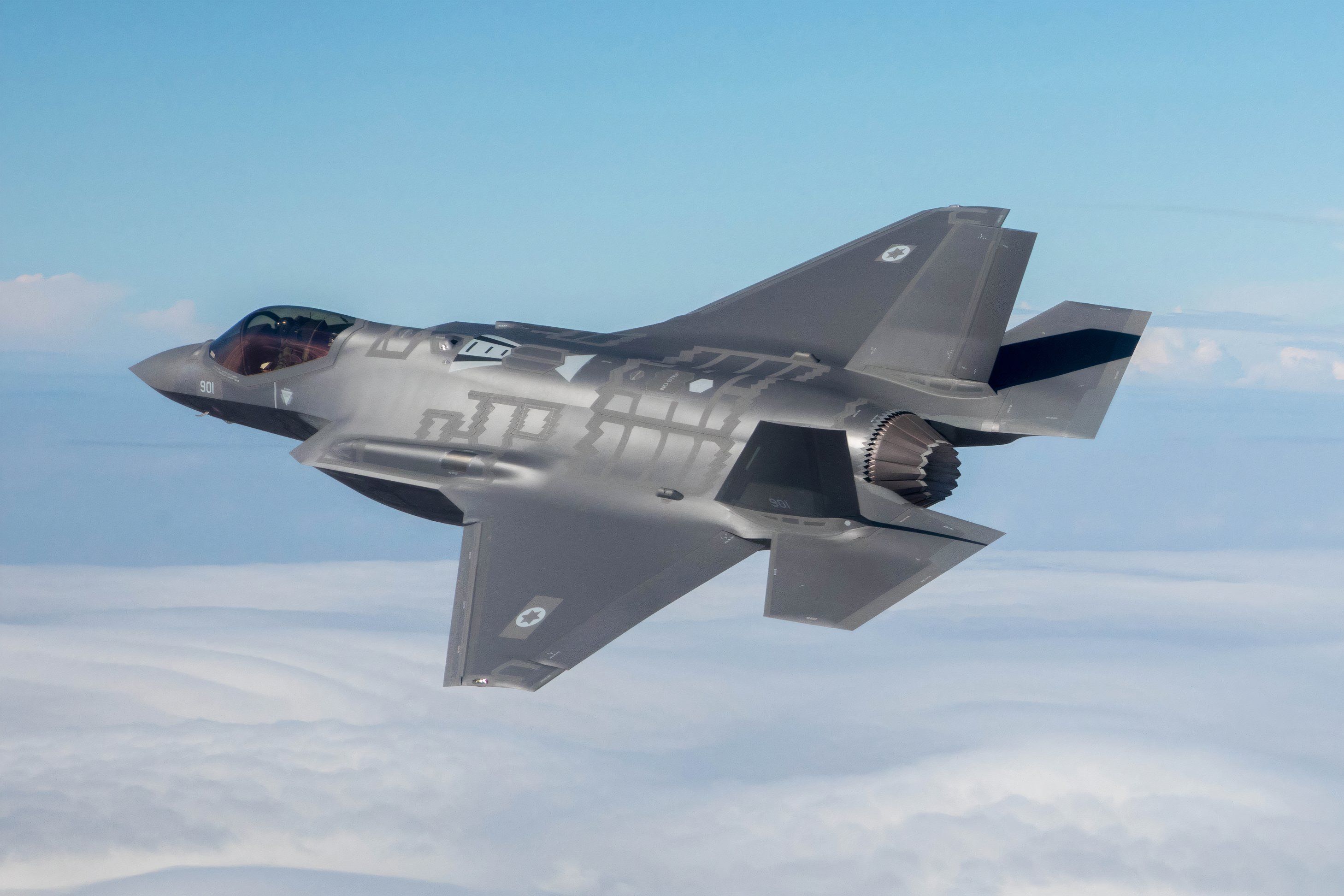
Related
5th Gen Fighter Jet: How Israel Got Its Hands On The F-35 Lightning II
The Israeli Air Force operates the world’s most capable multirole stealth fighter.
4
A jointly-funded program
Nine countries took part in the joint effort
- United States
- United Kingdom
- Canada
- Italy
- The Netherlands
- Turkey
- Australia
- Denmark
- Norway
The JSF program was a joint effort between nine countries, each planning to purchase a certain number of JSF from the program. In July 2019, the United States removed Turkey from the list of allies after its acquisition of the Russian S-400 missile system. Turkey had initially planned to buy approximately 100 JSFs through the program.
Photo: USAF
According to the Joint Strike Fighter Program,
“The F-35 remains the cornerstone of the future fighter fleet. It is the world’s most lethal, survivable, and connected joint strike fighter. It enables the warfighter to dominate the skies in the most challenging combat environments against the world’s most unpredictable adversaries.”
“The F-35 was designed to replace a multitude of aging fourth-generation U.S. and international platforms with unmatched fifth-generation capabilities.”
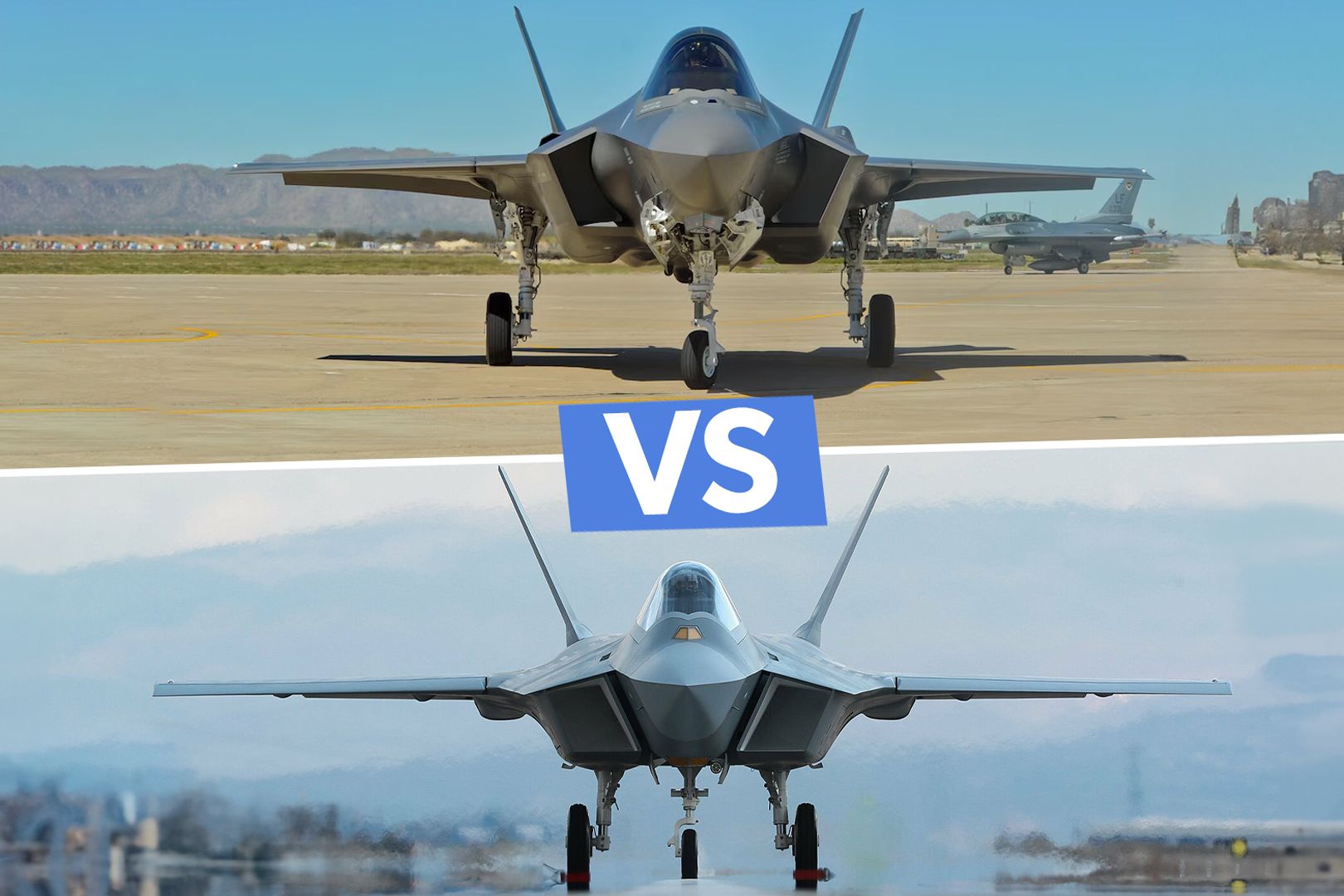
Related
Turkey’s KAAN Fighter vs US F-35: A Closer Look At Feuding Fighter Jet Capabilities
In spite of Turkey’s ties with Russia, it remains a U.S. ally via NATO. Now, its KAAN fighter is attempting to rival America’s F-35.
5
The F-35 Lightning II Joint Program Office (JPO)
F-35A (conventional), F-35B (VTOL), and F-35C (carrier version)
- The F-35 is lethal, scalable, adaptable, and capable of competing and keeping the warfighter one step ahead of aggressors.
- The F-35 is operative and parts are
- The F-35 is affordable for US services, international partners, and customers through cost reduction across the acquisition life-cycle.
The Joint Program Office (JPO) leads the life-cycle program management of the F-35A, F-35B, and F-35C. The series of aircraft are a family of fifth-generation JSF for the US Air Force, US Navy, US Marine Corps, international partners, and foreign military sales customers.
According to the Joint Strike Fighter Program,
“The mandate of the JPO is to deliver a capable, available, and affordable air system to the warfighter – outpacing key competitors to win tomorrow’s high-end fight as we develop, deliver, and sustain war-winning fifth-generation capabilities at high-end fourth-generation costs.”
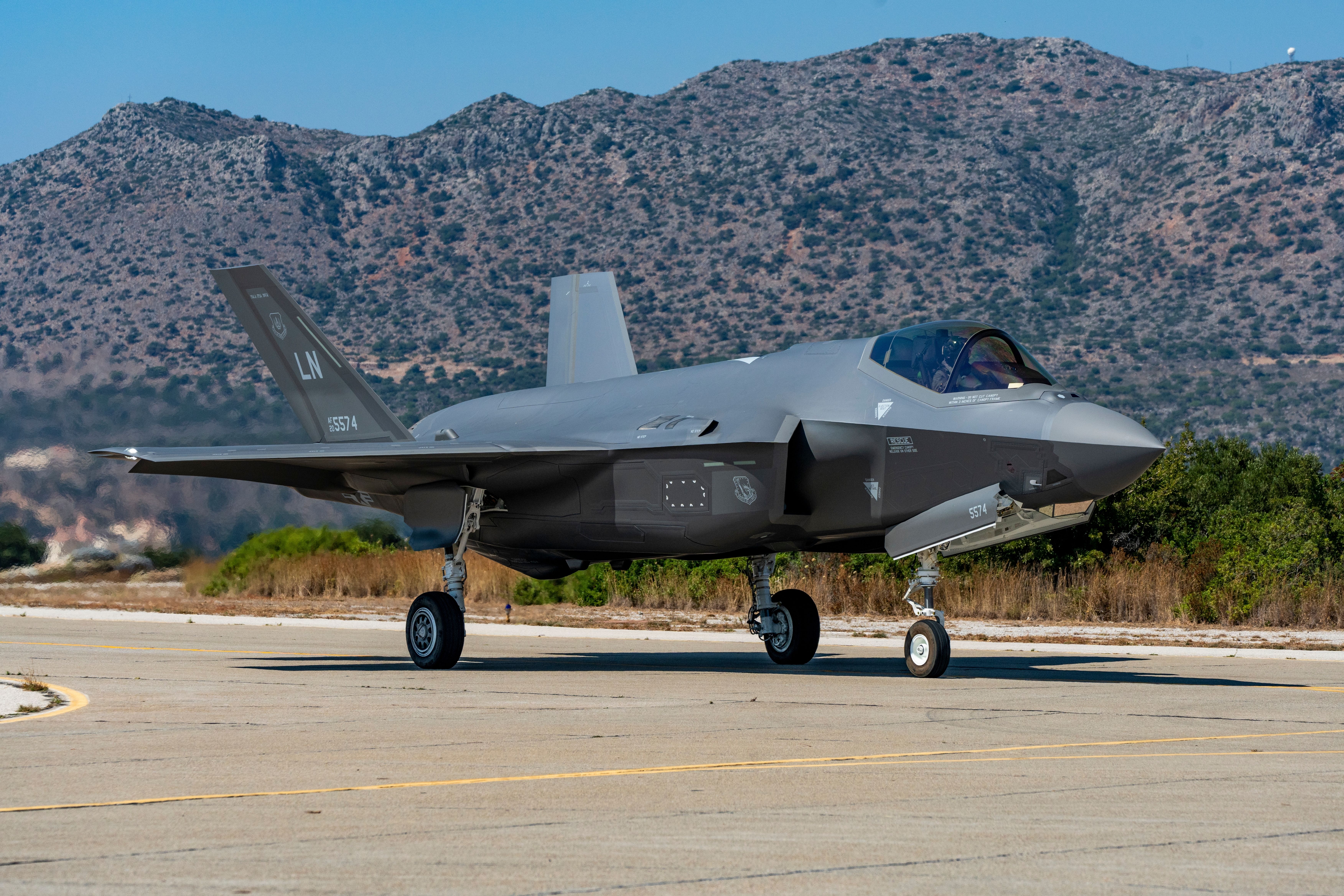
Related
US Air Force Gets Budget For 3 More F-35s
It will take 51 of the jets over 2024, the most in a year since 2021.
What are your thoughts on the JSF program and its outcome in terms of the Lockheed Martin F-35 Lightning II aircraft? Share your views in the comments section.

